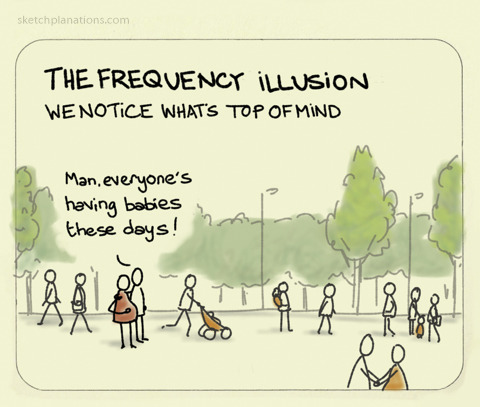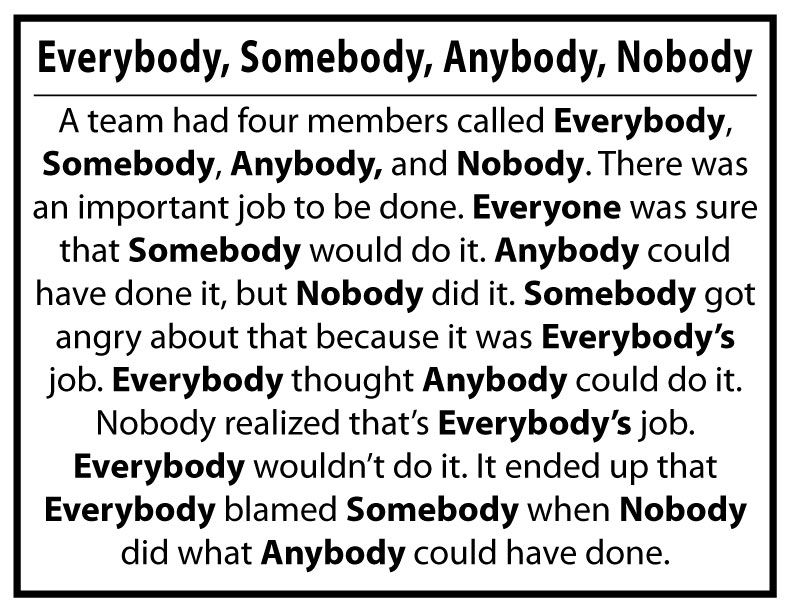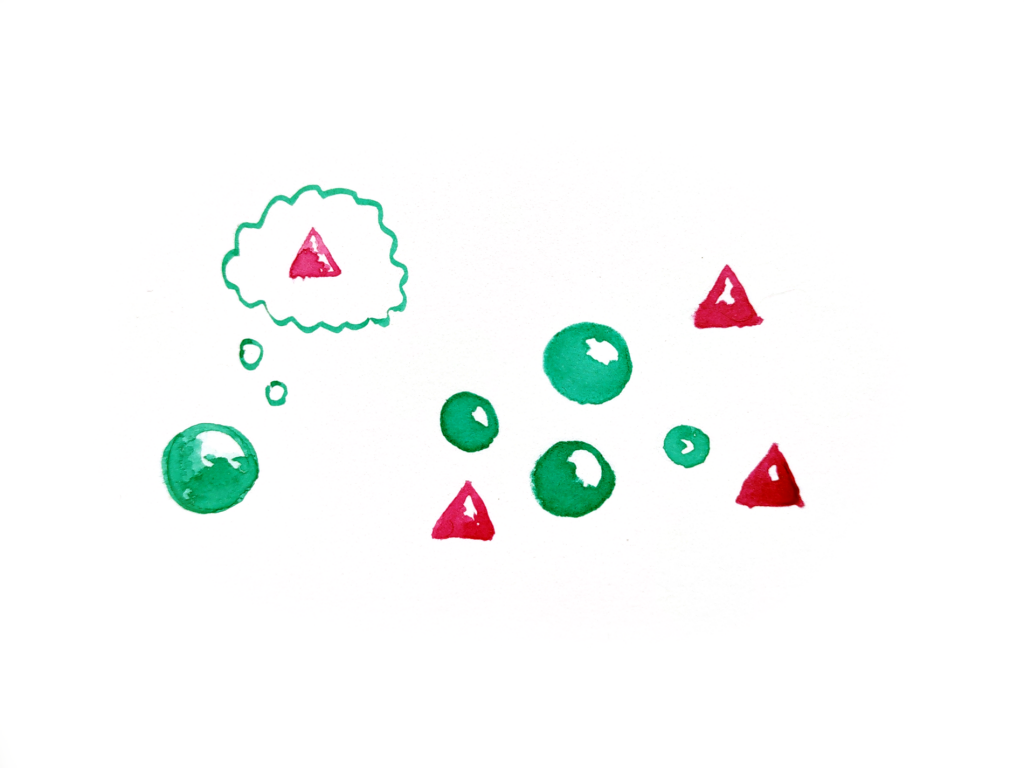Filter out bad referrals and replicate your dream clients using the Baader-Meinhof Phenomenon
The Baader-Meinhof Phenomenon, also known as the Frequency Illusion, is the seemingly ubiquitous awareness of a word, phrase, fact, or thing that you have recently become aware of. Someone recommended the 12 Rules for Life by Jordan Peterson to me the other day, and suddenly it seems I’ve encountered an ad, post or mention about it everywhere I go.
Great, what does this have anything to do with finding my ideal referral?

Rosie, how is this phenomenon relevant to me finding my ideal referrals?
If you’ve been in sales for more than 5 minutes, as an employee, VP or business owner, you’ll know the value of being specific when describing your ideal client. If you’re not familiar, the basic logic goes as follows: when you say you work with anybody, anywhere, in any size of company…. people think of nobody. Here’s a good poem that demonstrates that your referral request has no substance:

Let’s look at ONE (what a list, eh?) time-tested way to bring in those elusive dream clients.
1. Find The Heart-Shaped Pebble.
For those of you who have visited rocky beaches, I hope you do what I do: scan for hours looking for pebbles to bring home (to the total lack of appreciation from your loved ones).

Do you just look for any ol’ rock? Technically, any of them would work. They’re all beautifully polished by unfathomable layers of time and water. No, if you’re anything like me, you will look for a heart-shaped pebble.

My eye will immediately filter out all the round, square, amorphous rocks.
I have now activated my brain for pattern-recognition. Our brains are made for this mission.
It’s what our brains do best. It’s how we learn language; how we recognize faces; how we see a forest, not just trees.
Applied to real life, assuming a heart-shaped pebble is not your ideal client, this is what it looks like:
- Define your perfect unicorn client for the week
- Get specific – most people stop short with:
- Industry
- Company size
- Geography
- Demographic
- General complaints that you solve
- Get even more specific by describing a real life ideal client:
- Kate Rossi
- I met her through a web developer I know
- We had such a great conversation – she’s clearly passionate about innovation and more efficient tech solutions for lead generation
- She’s hilarious and like me, thoroughly enjoys bad puns
- She asked the web developer if they knew anyone who could design an important powerpoint
- She is launching a new product in her tech company and needs funding
- She is also looking for investors interested in scalable CRM systems and tech
- She worked with an agency that started outsourcing – the quality got worse, deadlines got tighter and she was paying the same
- This product would enable a feature that pulls information from LinkedIn & Sales Nav to automatically populate information in a CRM
- We really hit it off when we discovered our mutual love for Cyprus
- When we started working together, she was so relieved to have just one point of contact for all her content and design
- She was able to get more investors on board in the next few meetings than she had in the last 6 months
- Tell everyone about it, all week.
Rosie, who cares about this woman’s life story though?
Great question. Whether or not they care, they will remember the story, and details will trigger associations in their brain. “I know a couple of people in tech who might want to talk to you”
The peripheral referrals are valuable too. I’ve dropped a few clues about investors, to which my avid listener responds: “A good friend of mine is an investor.” I would respond with: “Oh really? Well, investors are great contacts for me too, since I provide reliable resources and education for the business they face.”
Suddenly referrals are popping in their heads like popcorn. For example: “So, you found her through a web developer? I know a couple of web people who may be good connections.”
Then the cream of the crop: “I know a couple of people who have quarterly presentations with investors that stress them out – maybe they need help with the design since the investors don’t seem to see the value they’re presenting.”
There’s an added bonus: relaying your existing dream client’s story can sprout opportunities for them. I once talked about a fractional HR expert with whom I loved working, and when I relayed the story of our project, I was able to generate several referrals for her. This continued to solidify our relationship.
What are some of the memorable details of a client with whom you throughly enjoyed working? What might it look like to use them as a case study the next time you describe the perfect referral?

